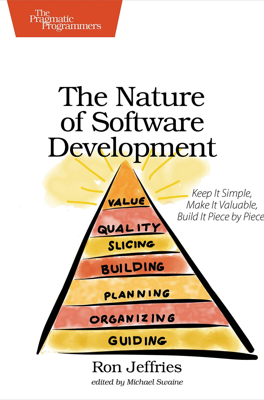Not That Simple
Embracing Complexity in Value-Driven Development
Simplicity as an Ideal: - While striving for simplicity in understanding and managing software development processes, it's crucial to acknowledge that the path to delivering value is not straightforward. The objective remains to simplify the process as much as possible, keeping the focus on value-centric activities.
Navigating Real Business Complications: - Challenges and complexities in the business environment are inevitable. These complications may stem from internal processes or external market dynamics. It is essential to recognize these factors and manage them effectively without losing sight of the value-driven approach.
Self-Imposed Obstacles: - In addition to external complexities, organizations often encounter obstacles that are self-imposed. These can include bureaucratic inertia, outdated practices, or a resistance to change. Identifying and addressing these internal barriers is critical for maintaining focus on building and delivering valuable products.
Continuous Adaptation and Evaluation: - Successful implementation of a simple, value-driven framework involves continuously building, measuring, and learning from the outputs. This approach encourages flexibility and adaptation based on actual results and feedback, rather than rigid adherence to predefined plans.
Ideal Path Focus: - Despite the inherent complexities, maintain a focus on the ideal path of simplicity—one that wishes for a simpler process but prepares for the complexity of reality. This mindset helps in navigating through the challenges while aiming to minimize complexity wherever feasible.
By recognizing the simplicity of the underlying principles and concurrently acknowledging and managing the inevitable complexities of real-world applications, organizations can more effectively steer towards their desired outcomes. This approach not only fosters resilience but also ensures continued alignment with strategic value objectives.
